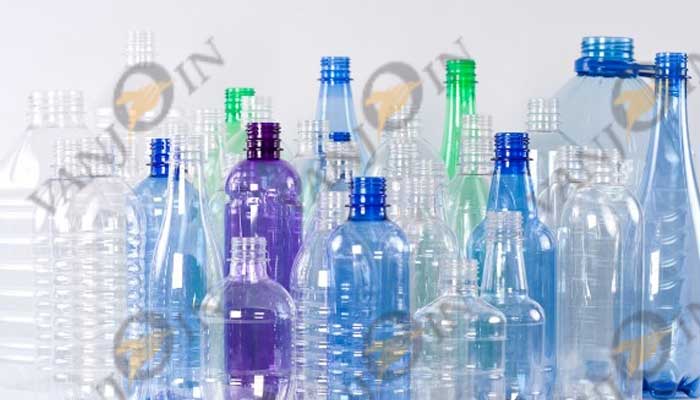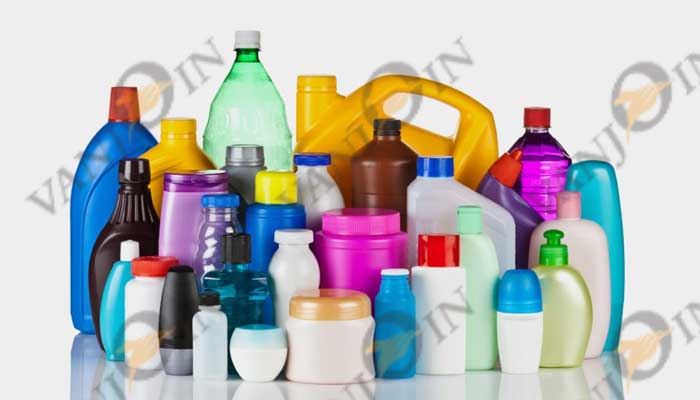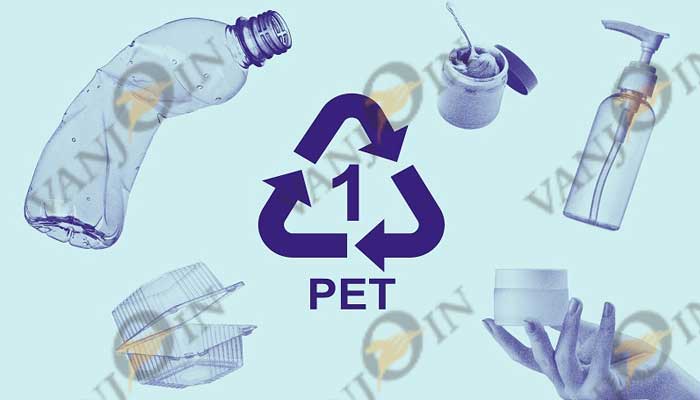
Natural PET is a transparent type of plastic with a gloss finish. It has all the benefits of glass - being a strong inert material that does not react with foods. It is resistant to attack by microorganisms, such as germs, fungi and parasites and does not biologically degrade when exposed to excess moisture and air for an extended period of time.
Interestingly, unlike glass, PET is lighter, durable and a more cost effective option that is strong and shatterproof. These unique properties have ensured PET is rapidly becoming the world’s favourite packaging material particularly for food and beverages.

What does PET stand for?
Polyethylene terephthalate, commonly shortened to PET or PETE, is a form of polyester, like clothing fabric. The majority of the world’s PET production is for synthetic fibres, with bottle production accounting for around a third of global demand. Polyethylene in its natural state is opaque (see ‘HDPE’), so the addition of terephthalate, which is a gas, gives PET its glossy, transparent finish.
What is PET plastic used for?
This plastic is generally used for packaging foods and beverages, especially carbonated soft drinks, juices and water bottles. Its raw materials are ethylene glycol and terephthalic acid. These are manufactured to form a polymer chain and then into PET resin pellets which can then be heated to a molten liquid. This allows the plastic to be extruded or molded into practically any shape.
PET can also be stretched thinly into a sheet to create PET film, which is used in video, photo and packaging applications.
It’s high strength and the option of clear and a range of colours also makes it a popular packaging material for health, beauty and cleaning products. PET is also recognised by global health authorities in safety for food, beverage, personal care, pharmaceutical and medical applications.

Sustainability
Although PET’s raw materials are derived from crude oil and natural gas it is a very energy efficient packaging material in comparison to glass, aluminum and other materials used for similar containers. It’s strength to weight ratio allows more product to be delivered in less packaging therefore reducing fuel consumption for transport.
PET was officially synthesised back in the 1940s, but only became recyclable in 1977, four years after it became a common material for plastic bottles. Now, with 60% of household waste being recycled, PET is being seen less as a single use packaging option, and more of a staple within the circular economy.
Recycling
Up to 100% of a PET package can be made from recycled plastic, and the material can be recycled again and again. It is commercially recycled by thorough washing and re-melting, or by chemically breaking down to its component materials to make new PET resin pellets ready to be remoulded.
Recycled PET can be used to make a range of products - new PET bottles and jars, carpets, clothing, automotive parts and construction materials.
In many countries, PET plastics are coded with the resin identification code number "1" inside the universal recycling symbol, usually located on the bottom of the container.

PET packaging
At Vanjoin, we stock a wide range of PET bottles and jars to suit a range of applications including food and beverage, beauty and personal care. Numerous caps and accessories are available to complement our bottles and jars. These include EPE lined caps, child resistant closures, tamper evident caps, mini sprays, atomisers, twist tops, sponge applicators, flip tops and disc tops and pumps alongside a range of induction heat seal caps too. See our website for our full range of PET products.